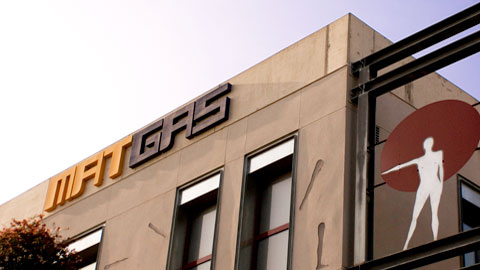Matgas, Air Products' leading R&D centre worldwide
The multinational company Air Products will raise the level of Matgas, the company's research and development laboratory located on the UAB campus, to include the direction of research projects globally and turn it into a reference centre. This laboratory will be the sixth of its type that the company sets up in the world.

Lourdes Vega, head of the R&D department of Carburos Metálicos and director of Matgas, explained that from now on the centre will be taking on more responsibilities, since until now they had been giving support to the company's other centres, but would now lead projects in the three aforementioned areas, as well as export knowledge and technology.
Matgas is a centre of excellence in research into CO2 and sustainability. It is the result of the alliance between Carburos Metálicos, the Spanish National Research Council (CSIC) and the UAB. The alliance is a good example of public and private collaborations given the knowledge all partners contribute.
Around 40 researchers work at the centre and more high added value research jobs will be created soon. Since January, five new researchers have begun working at the centre. Some of the projects being carried out are, for example, the application of CO2 to correct the pH levels in swimming pools, instead of chlorine, the elimination of insects from crops without the use of chemicals, and creating modified atmospheres to better preserve food.